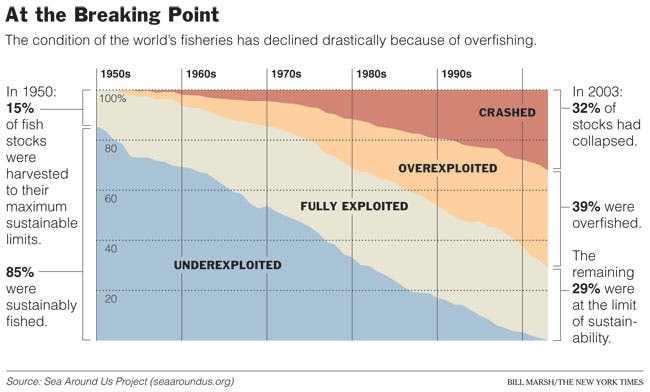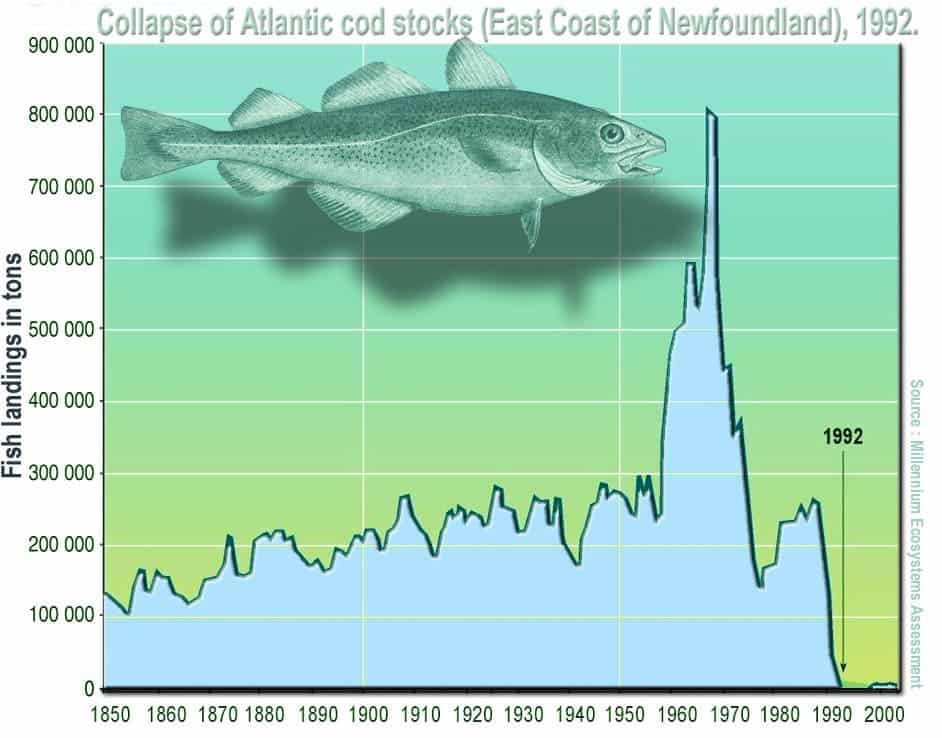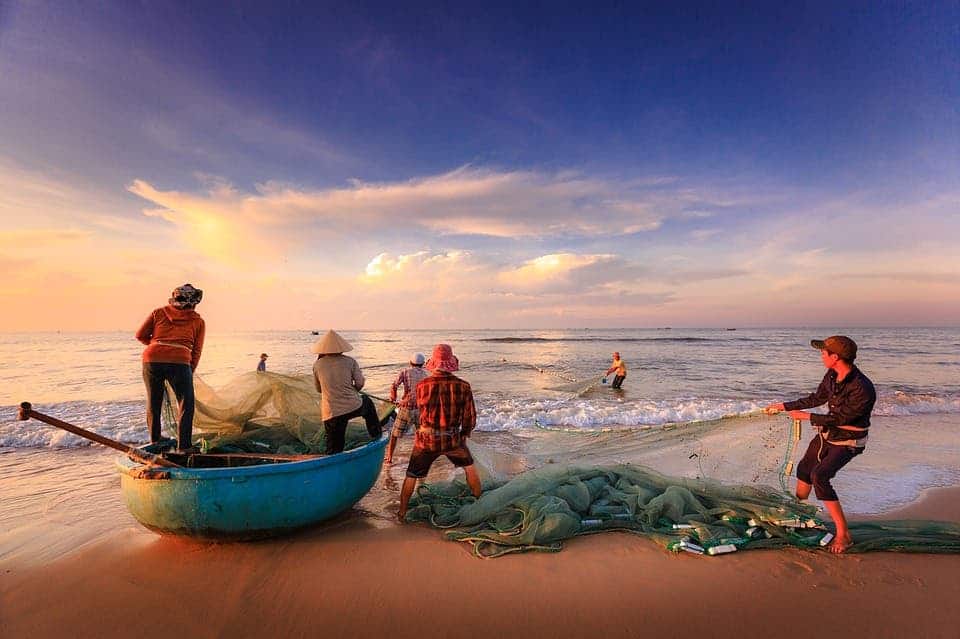In the past 65 years, the number of fishing vessels casting their nets in the world’s oceans has more than doubled, from 1.7 million to 3.7 million. The problem is that this dramatic rise in fishing vessels hasn’t been followed by a boom in fish stocks — on the contrary. According to a new study, despite considerable advances in technology, there are now more vessels chasing fewer fish, highlighting the precarious state of the world’s fisheries.
Drops in a bucket
Yannick Rousseau, a graduate student studying fisheries ecology at the University of Tasmania, studied data from national registries, studies, and local reports in order to assess fishing in more than 100 countries. The researchers counted industrial fishing boats that can haul tons of fish at a time, motorized small-scale boats, as well as non-motorized small boats. At the end of the tally, the researchers found that the number of fishing vessels around the world has more than doubled. However, these ships need to use more resources to catch fish. According to the study, the “catch per unit of effort (CPUE)” — the amount of energy and resources required to catch fish — is abysmal. Compared to 1950, fishing boats today only catch 20% of the fish for the same amount of effort, the authors reported in the journal PNAS.
“What we have seen over the last 65 years is more and more fishing vessels chasing fewer fish,” Rousseau said.
“Since 1950 a dramatic increase in the size of the fishing fleet in Asia has more than off-setting small declines in North America and Western Europe.
“Most of the increase in vessel numbers has been in motorized fishing boats, a change from the unpowered ‘artisanal’ fishing vessels that once characterized Asian and African fishing fleets.
“But, despite its advanced technology and increased numbers, the modern motorized fleet is having to work much harder to catch fewer fish,” he said.
The sharpest drop in CPUE was registered in Southeast Asia, Latin America and the Southern Mediterranea, indicating their fisheries expanded at a much faster rate than fish stocks could support. Meanwhile, the most effective fishery management practices are in Australia, where CPUE has stabilized over the last decade.
But despite this worrisome trend, researchers expect that even more fishing boats will sail in the future. These boats will be equipped with larger motors, allowing them to fish on the high seas where the remaining fish stocks are less affected.
“However, on current worldwide trends we can expect to see a further one-million vessels on the water by mid-century and the average engine power of the global fleet continues to increase,” Rousseau said.
“These changes will further challenge the sustainable use of fisheries resources in coming years.

Although overfishing has been extensively studied, authorities have been slow to react — and this could cause an irreversible collapse of the world’s fisheries. Previously, scientists found that fishing ships cast their nets on over 55% of the world’s oceans. Most modern fisheries partially rely on trawling – dragging huge nets across the seafloor in order to capture species of fish and crustaceans — which, as a side effect, is leveling the seafloor. Meanwhile, fish stocks are being threatened by climate change. One study estimates that increased temperatures shrank the number of fish hauled from the ocean by 4.1% between 1930 and 2010.

As many as 56 million people living in coastal and island countries depend on fish to support their livelihoods. Worldwide, fish make up 17% of our protein intake, according to the United Nations.
“This is a particular concern for populations in regions such as Southeast Asia, where a high proportion of people rely on fish for sustenance.
“Our findings suggest that additional management measures are urgently warranted to ensure the future sustainability of global marine resources,” Rousseau said.










